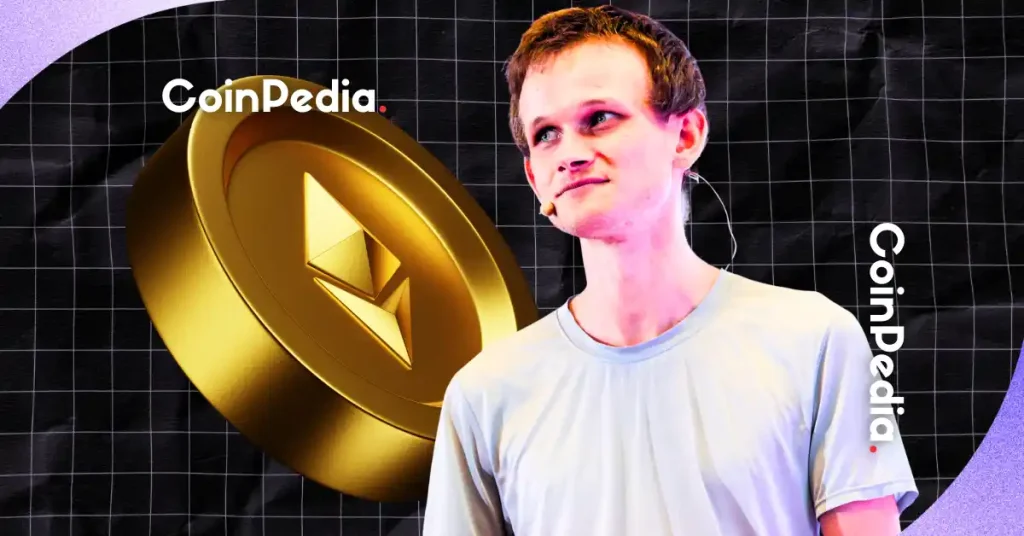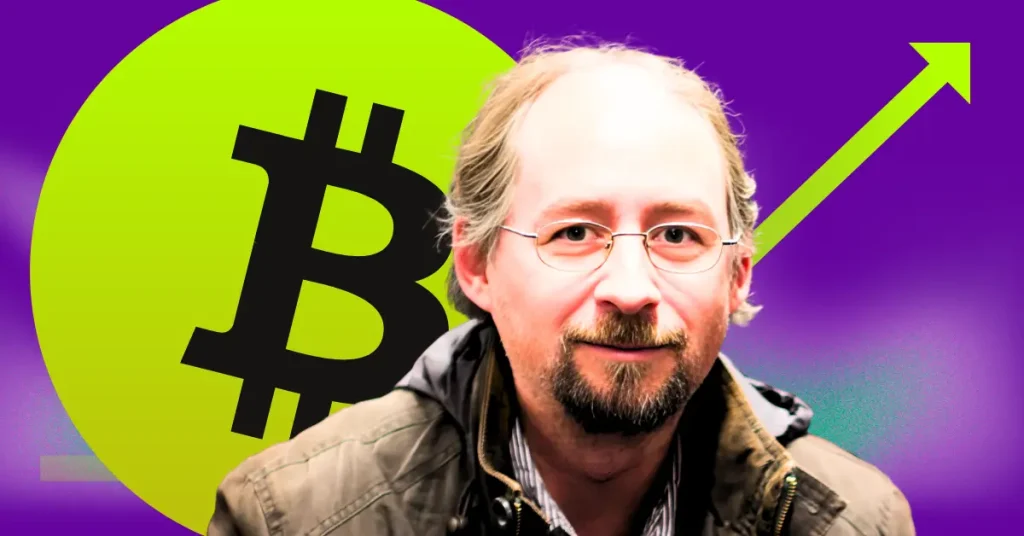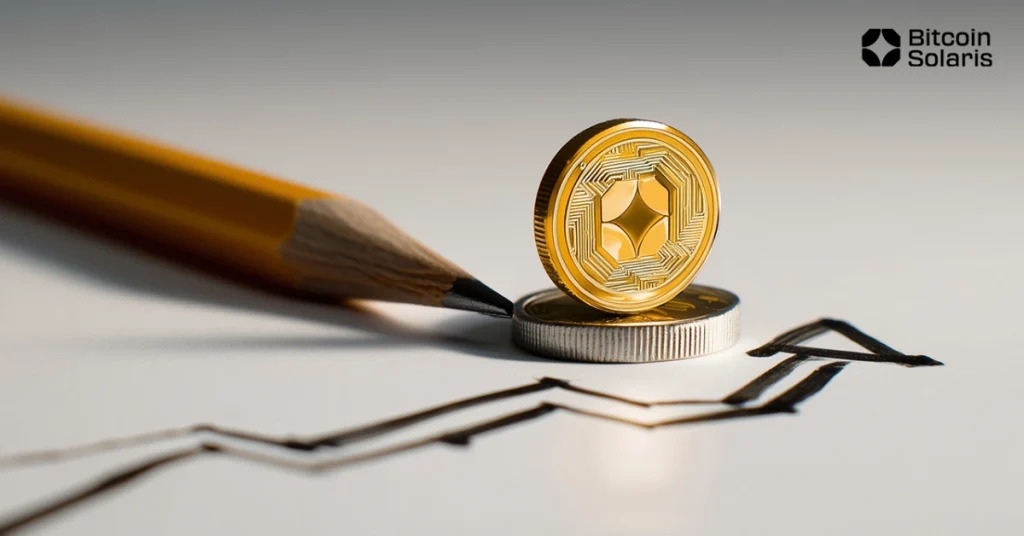Vitalik Buterin’s EIP-7983: Ethereum Gas Cap Proposal Explained!



The post Vitalik Buterin’s EIP-7983: Ethereum Gas Cap Proposal Explained! appeared first on Coinpedia Fintech News
Ethereum is entering a new chapter. Co-founder Vitalik Buterin and researcher Toni Wahrstätter have introduced EIP-7983 – a proposal to limit individual transaction gas usage to 16.77 million (2²⁴). The goal? Strengthen network security, prevent denial-of-service (DoS) attacks, and improve overall stability.
With Ethereum powering DeFi and decentralized applications, this move could play a key role in making the network more secure and scalable.
A Smarter Way to Stop DoS Attacks
Currently, a single transaction on Ethereum can use up the entire gas limit of a block. This makes the network vulnerable to DoS attacks and unpredictable performance.
EIP-7983 fixes this by capping how much gas one transaction can consume. Any transaction that goes beyond 16.77 million gas would be rejected during block validation. This stops any single transaction from taking over a full block and helps keep the network running smoothly.
Aligning with zkVMs to Scale Ethereum
Beyond improving security, the gas cap also helps Ethereum move toward better compatibility with zero-knowledge virtual machines, or zkVMs. These systems are critical to scaling the network.
By requiring large transactions to be split into smaller chunks, the proposal ensures Ethereum remains efficient and ready for complex DeFi operations and advanced smart contracts.
Research platform Alva noted that the cap supports Ethereum’s long-term goals by boosting stability, security, and zkVM compatibility, while cutting down the risk of DoS attacks.
Striking the Right Balance
The proposed limit of 16.77 million gas was chosen carefully. It’s high enough to support most current use cases, including advanced DeFi and contract deployments, yet low enough to reduce risk.
Most existing transactions already fall below this limit, so the change won’t impact the majority of developers or users. While the proposal isn’t backward-compatible with transactions that exceed the cap, the real-world effect is expected to be minimal.
A Leaner Ethereum for the Future
EIP-7983 builds on earlier proposals like EIP-7825, which also aimed to make transaction execution more predictable. It’s part of a broader push by Buterin to simplify Ethereum’s base protocol.
He’s been vocal about reducing complexity across the network to cut development time, lower costs, and make Ethereum more secure. His vision includes overhauling the architecture across consensus, execution, and identity layers to build a stronger, more efficient Ethereum over the next few years.
The gas cap proposal is a practical step in that direction – addressing current network challenges while laying the groundwork for long-term improvements.

Gold Crash Incoming? Bitcoin Will Win, Says Blockstream CEO Adam Back
The post Gold Crash Incoming? Bitcoin Will Win, Says Blockstream CEO Adam Back appeared first on Coi...

Ripple vs SEC: Bill Morgan Rejects ‘Staged Lawsuit’ Claims
The post Ripple vs SEC: Bill Morgan Rejects ‘Staged Lawsuit’ Claims appeared first on Coinpedia Fint...

Ripple Investors Pivot as Bitcoin Solaris Launches Limited-Time Price Rollback Before 150% Exchange Listing Jump
The post Ripple Investors Pivot as Bitcoin Solaris Launches Limited-Time Price Rollback Before 150% ...

